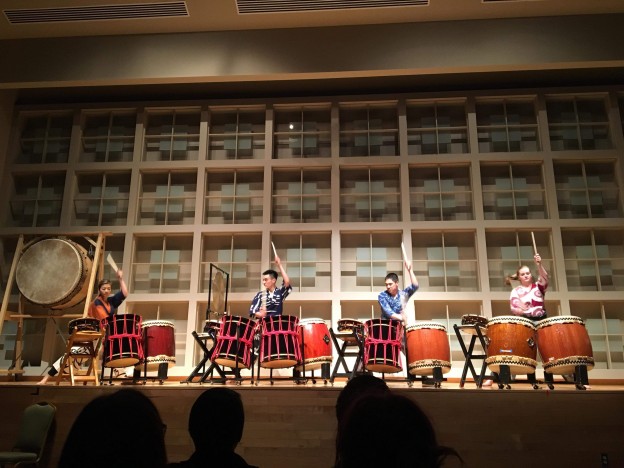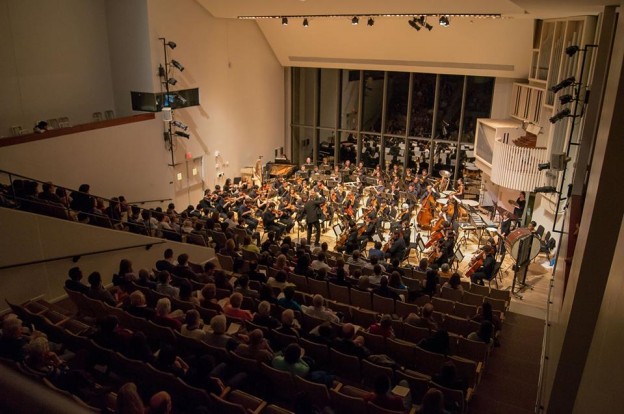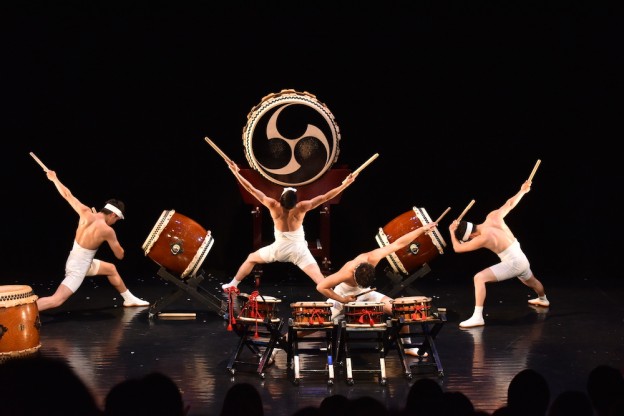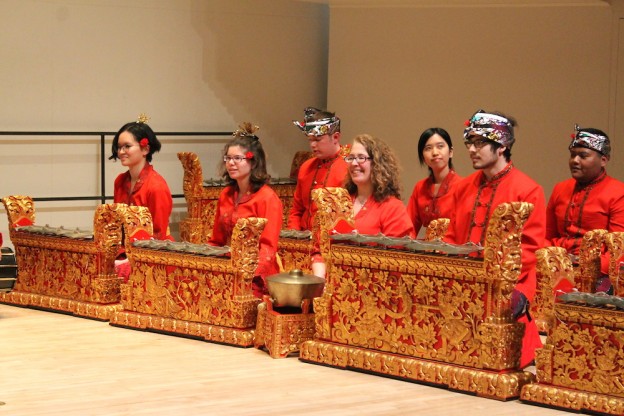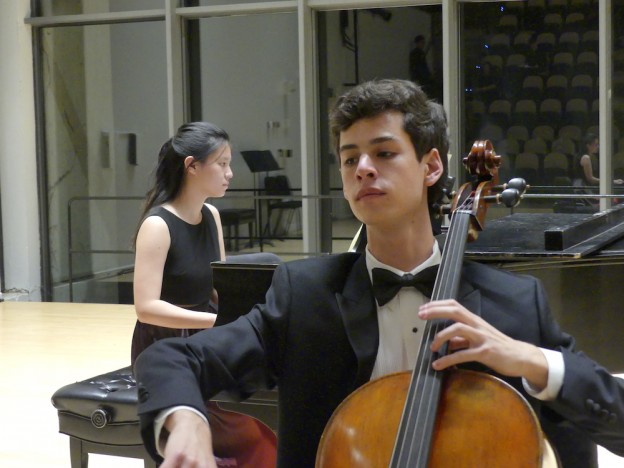On April 6th and 7th, Swarthmore College hosted the 2019 Mid-Atlantic Chapter of the Society for Ethnomusicology (MACSEM) conference. MACSEM, established in 1981, is one of ten regional chapters of the Society for Ethnomusicology (SEM). Founded in 1951, SEM promotes the research, study, and performance of music in its cultural, social, and political contexts. Each chapter of SEM holds a conference in their respective regions, providing an opportunity for students and ethnomusicologists to share current research. “Because of the smaller nature of the regional chapters it is also a wonderful opportunity to network and get to know other people in the area,” Professor Lei Ouyang Bryant said.
Professor Lei Ouyang Bryant, from the Department of Music and Dance, had several reasons why she wanted Swarthmore College to host this year’s MACSEM conference. The first was to help with the integration of more ethnomusicology into the Department of Music and Dance. Professor Bryant has been offering courses in ethnomusicology regularly, including a seminar on ethnomusicology this semester. “We planned for the seminar and conference to be held in the same semester so my students could help with the planning, hosting, and participation in the conference,” Professor Bryant said. “It was a unique opportunity for students to engage with graduate students, professionals, and faculty from other institutions, who are all working in various aspects of ethnomusicology.” Second, hosting the conference at Swarthmore College gave Professor Bryant the opportunity to work closely with outgoing President of MACSEM and Swarthmore alumna Shalini Ayyagari ‘00. “She was excited to return to campus for this year’s meeting and to work together on the conference planning,” Professor Bryant said. Lastly, hosting the conference at Swarthmore was a good way to bring together local ethnomusicologists from University of Pennsylvania, Temple University, and the general region.
This conference’s keynote speaker was Professor Karen Shimakawa (pictured above) from New York University. Her lecture, titled “Catastrophic Sounds: Animacy and Equivalence,” examines the work of performance/video artist Eiko Otake, in her “A Body in Places” series, to consider how it situates viewers in time and space (aural and architectural) in order to make the catastrophe of capitalism perceptible.
Professor Bryant pointed out that in recent years, MACSEM invited speakers who were related, but not directly centered within the field of ethnomusicology. “Professor Shimakawa was invited to present this year’s keynote lecture because of her research and teaching interests in performance studies and Asian American performance, critical race theory, law and performance,” Professor Bryant said. “Her areas of expertise all provide engaged connections to/with ethnomusicology while also speaking to Swarthmore student interests.”
MACSEM was not only a space to share individual research; the conference allowed Swarthmore students to showcase their musical talents and abilities. Two pop-up concerts were held, featuring the Chinese Music Ensemble and the Taiko Ensemble.
Overall, Swarthmore’s hosting of this year’s MACSEM conference was a success, in terms of bringing together local scholars with a diverse range of interests within the field of ethnomusicology. Professor Bryant expressed great pleasure for her colleagues and her students who helped organize and plan the conference because she could not have succeeded without their generous support. “It was a really rare opportunity to have such a broad range of research presentations right here on campus for students to attend and ask questions. I was incredibly proud of their thoughtful questions and for the many engaged conversations they had with visiting ethnomusicologists,” Professor Bryant concluded.
David Chan ’19
